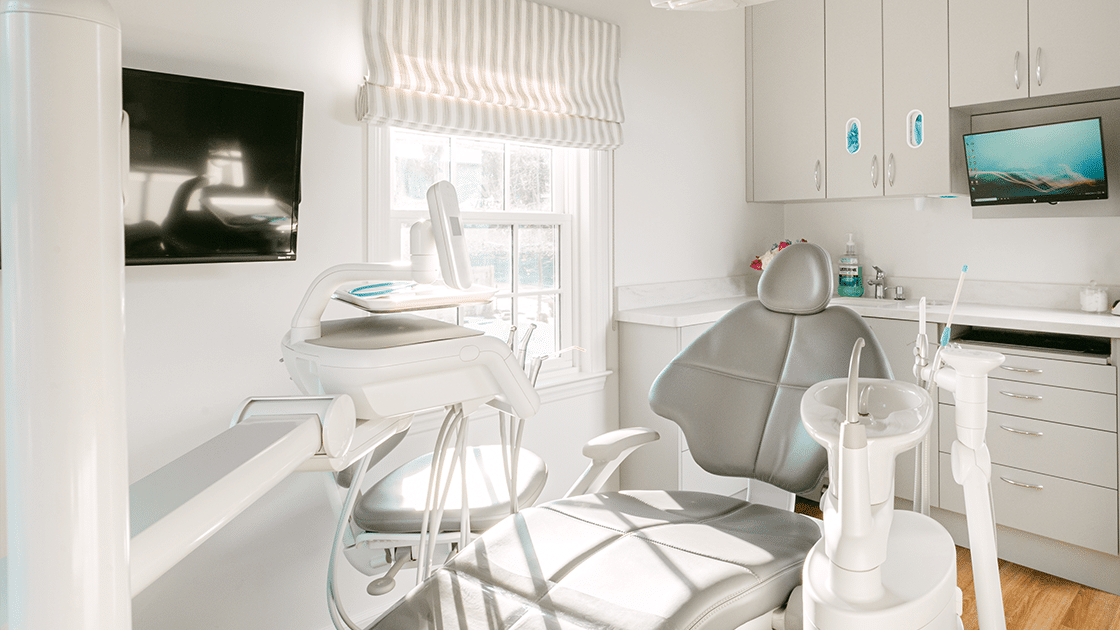
General Guidelines for all procedures:
Avoid hard or sticky foods such as “hard tack” candies for a least 24 hours as chewing on these types of foods can loosen or damage a restoration. Never chew on ice. Carefully follow all guidelines provided by our office, and, most importantly, practice good oral hygiene. Additional instructions following various types of treatment are listed below. Please click on the below topics for detailed instructions. In the event of an emergency please call our office. If you are experiencing a serious or life-threatening emergency, please call 911 or visit the nearest emergency room.
